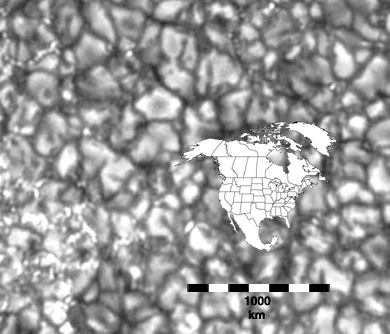NSF: Newest Solar Telescope Produces First Images
Posted: Wed Jan 29, 2020 10:16 pm
NSF's Newest Solar Telescope Produces First Images
National Solar Observatory | National Science Foundation | 2020 Jan 29
Never-before-seen images of Sun released from world’s largest solar telescope
Institute for Astronomy | University of Hawaii | 2020 Jan 29
National Solar Observatory | National Science Foundation | 2020 Jan 29
Preeminent telescope to play critical role in better understanding sun, space weather
Just released first images from the National Science Foundation’s Daniel K. Inouye Solar Telescope reveal unprecedented detail of the Sun’s surface and preview the world-class products to come from this preeminent 4-meter solar telescope. NSF’s Inouye Solar Telescope, near the summit of Haleakala, Maui, in Hawai‘i, will enable a new era of solar science and a leap forward in understanding the Sun and its impacts on our planet.
Activity on the sun, known as space weather, can affect systems on Earth. Magnetic eruptions on the sun can impact air travel, disrupt satellite communications and bring down power grids, causing long-lasting blackouts and disabling technologies such as GPS.
The first images from NSF’s Inouye Solar Telescope show a close-up view of the sun’s surface, which can provide important detail for scientists. The images show a pattern of turbulent “boiling” plasma that covers the entire sun. The cell-like structures -- each about the size of Texas -- are the signature of violent motions that transport heat from the inside of the sun to its surface. That hot solar plasma rises in the bright centers of “cells,” cools, then sinks below the surface in dark lanes in a process known as convection. ...
Never-before-seen images of Sun released from world’s largest solar telescope
Institute for Astronomy | University of Hawaii | 2020 Jan 29

